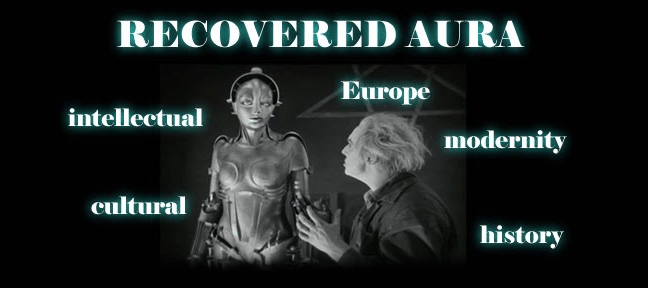 Claude Monet, photography by Nadar, 1899
Claude Monet, photography by Nadar, 1899Impressionism
is a movement in painting and music that developed in late-19th-century France in reaction to the formalism and sentimentality of academic art and of much 18th- and early-19th-century music.
+1883.jpg) Claude Monet - Rock Arch West of Étretat (the Manneport), 1883
Claude Monet - Rock Arch West of Étretat (the Manneport), 1883Valery Gergiev conducts the London Symphony Orchestra performing Debussy's La Mer (1903-05).
Recorded in March, 2007.
Impressionism in painting
Impressionism in painting arose out of dissatisfaction with the classical subjects and painting techniques of the Académie des Beaux-Arts in Paris, which set French art standards. Rejecting these standards, impressionists painted outside, choosing landscapes, street scenes, and figures from everyday life. Impressionists were concerned more with the effects of light on an object than with exact depiction of form. Using short brushstrokes, they juxtaposed primary and complementary colors, which blended in brilliant hues and luminous tones when viewed from a distance.
Édouard Manet, sometimes called the first impressionist, demonstrated that light could be shown in painting by juxtaposing bright, contrasting colors, rather than by shading with intermediary tones. The various impressionists developed individual styles but, as a group, benefited from their common experiments in color. Claude Monet painted many series of studies, each done at different times of the day and in different seasons.Camille Pissarro used a subdued palette and concentrated equally on the effects of light and on the structure of forms. Edgar Degas caught the fleeting moment, especially in ballet and horse-racing scenes. Pierre Auguste Renoir preferred to paint the female form. Berthe Morisot painted subtle landscapes that gained strength from brushwork rather than color.
French impressionism influenced artists throughout the world, including American J. A. M. Whistler, Englishman Walter Sickert, Italian Giovanni Segantini, and Spaniard Joaquín Sorolla. Impressionism also affected the development of painting. Painters who began as impressionists created other techniques that started new movements in art, including pointillism, postimpressionism, cubism, and expressionism.
Impressionism in music
French composer Claude Debussy led the impressionist movement in music. Musical impressionism emphasized tonal color and mood rather than formal structure such as that found in sonatas and symphonies. Debussy, combining new and ancient musical devices, used the whole-tone scale and the complex intervals of the ninth and higher, and he returned to the parallel fourth and fifth intervals of the medieval church modes. French impressionist music continued to develop in the work of Maurice Ravel. Other impressionist composers were Frederick Delius and Ralph Vaughan Williams in England, Ottorino Respighi in Italy, and Manuel de Falla in Spain.
All text from: Encarta Concise Encyclopedia



Thanks for that! It was the bit I needed to make my day more aesthetic. --Jane (Fu)
ReplyDelete